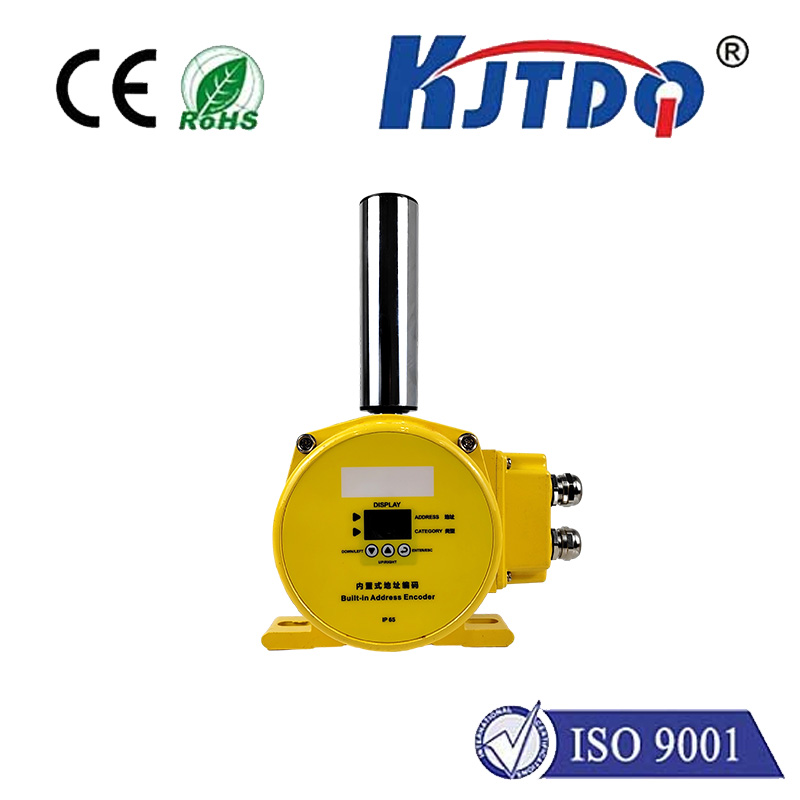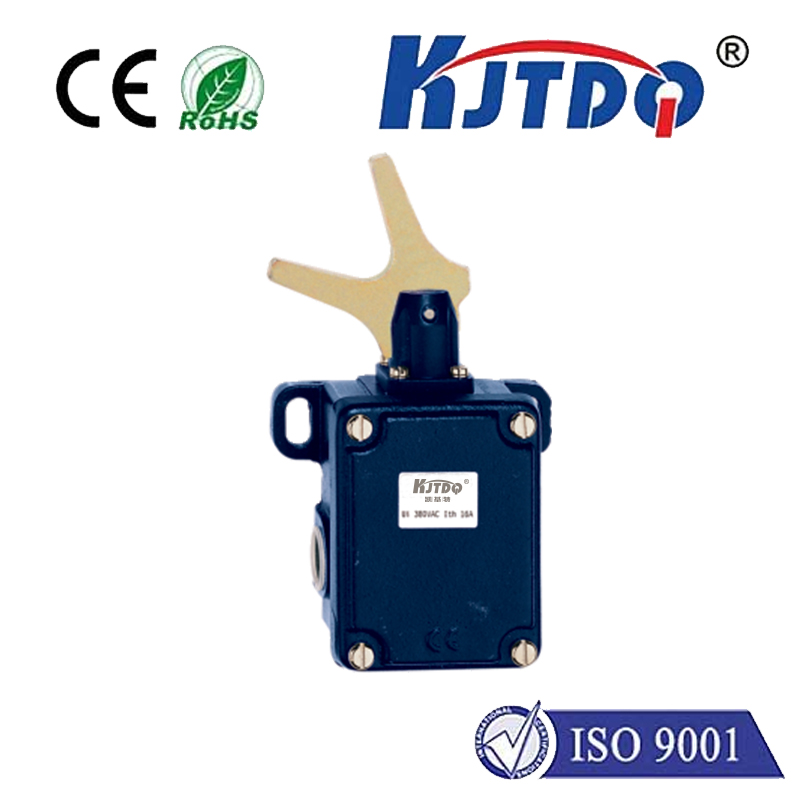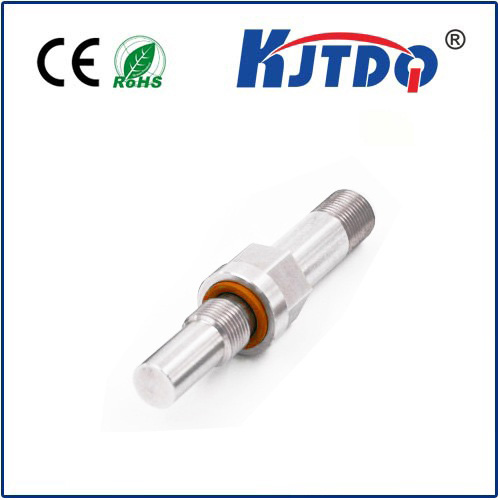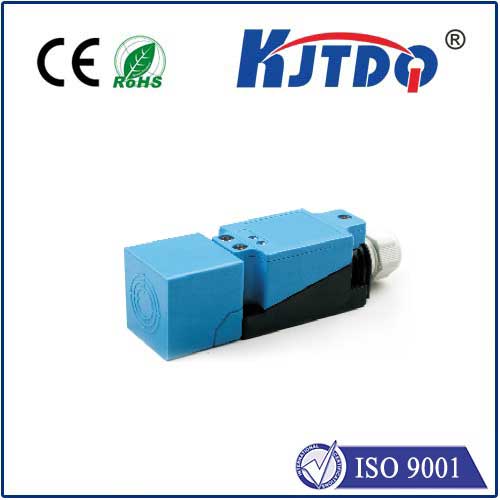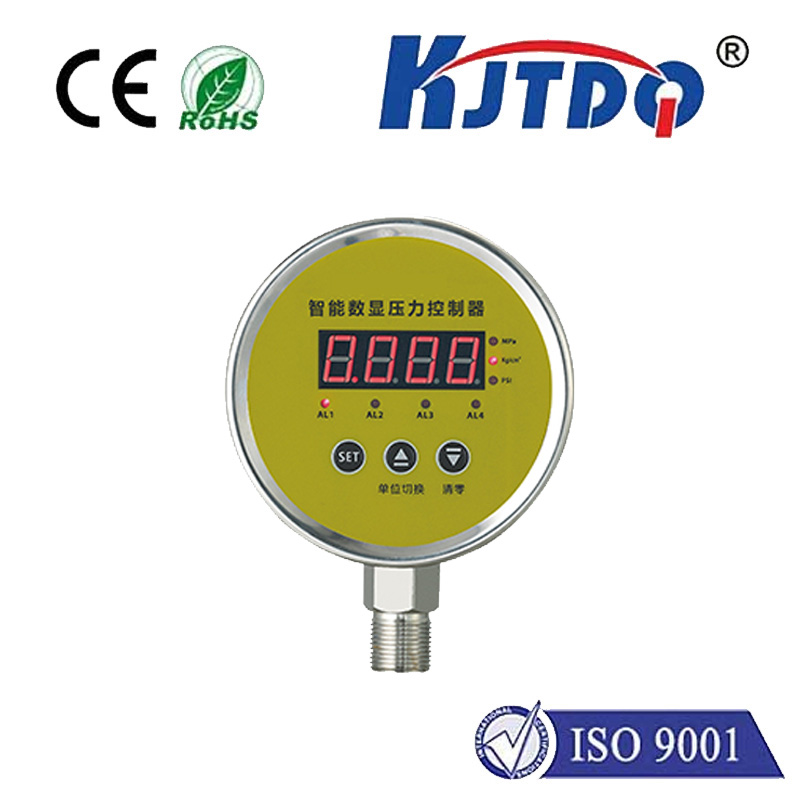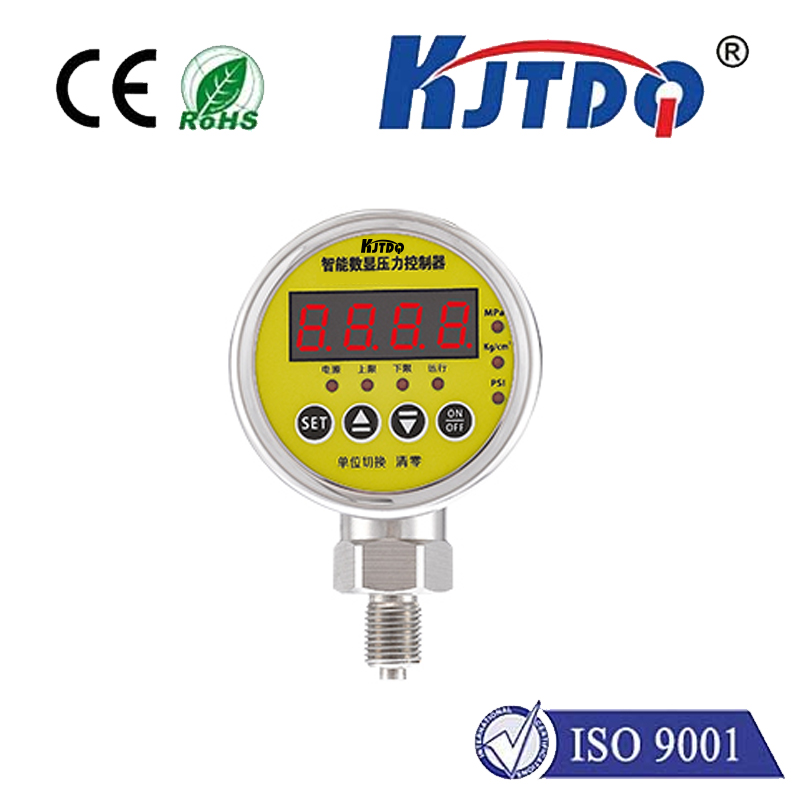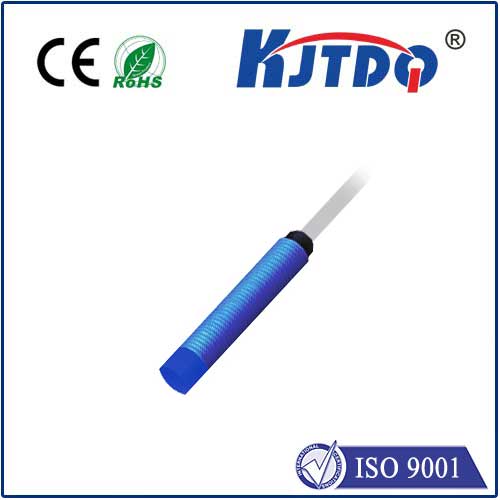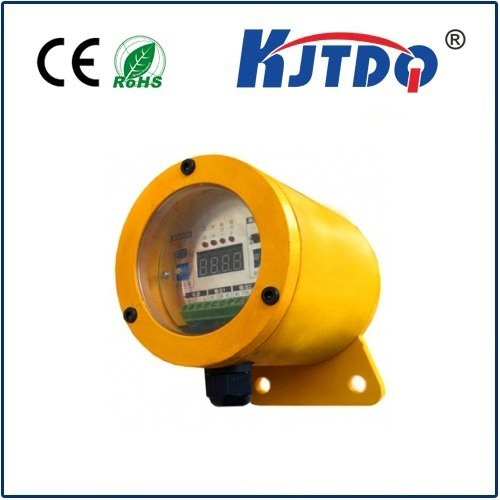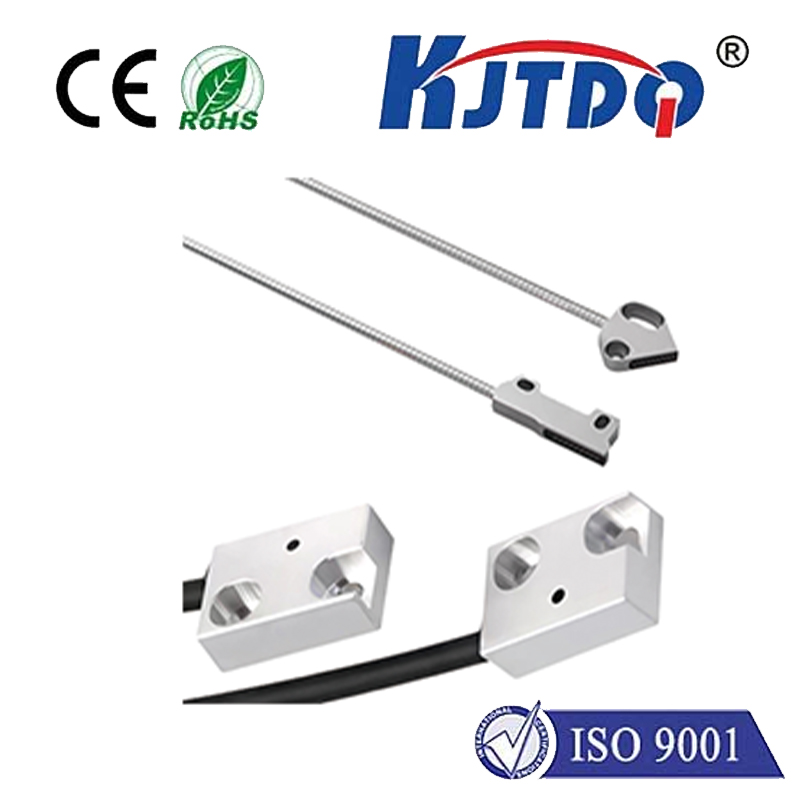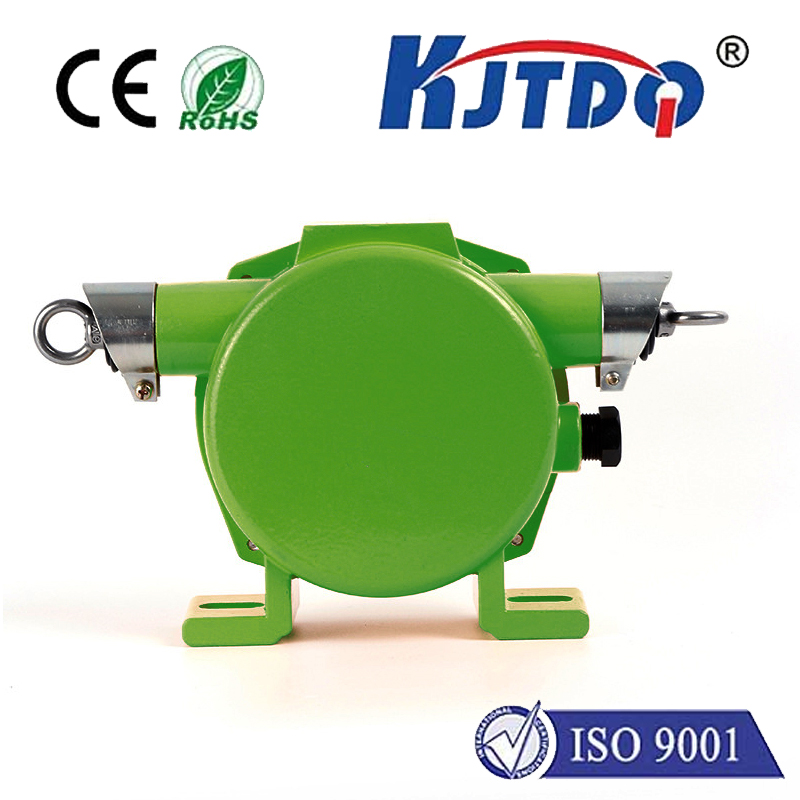ir proximity switch
- time:2025-06-18 01:17:09
- Click:0
The Unseen Guardian: How IR Proximity Switches Power Precise, Non-Contact Detection
What if machines could “feel” objects without ever touching them, enabling smoother, safer, and more efficient operations? This isn’t science fiction; it’s the everyday reality powered by IR proximity switches. These ingenious sensors operate silently in the background, forming a critical part of countless automation systems across diverse industries. Understanding their principle, capabilities, and applications is key to unlocking smarter sensing solutions.
At its core, an IR proximity switch is an electronic sensor designed to detect the presence, absence, or distance of an object within its sensing range without physical contact. The “IR” stands for infrared, referring to the invisible light spectrum used as its detection medium. The fundamental operation involves two key components:
- Emitter: An infrared light-emitting diode (IR LED) that constantly emits a beam of modulated infrared light.
- Receiver: A photodiode or phototransistor specifically tuned to detect the emitted IR wavelength.
Detection occurs based on the principle of light reflection. When no object is present, the emitted IR beam travels freely into the surrounding environment. When an object enters the sensor’s detection field, it reflects a portion of the emitted IR light back towards the sensor. The Receiver detects this reflected light and triggers an output signal (usually an electrical switch like NPN/PNP or NO/NC contacts), indicating the object’s presence.

Why Choose an IR Proximity Sensor? Key Advantages Explored
Compared to other sensing technologies, IR proximity switches offer a compelling set of benefits:
- Non-Contact Sensing: The most significant advantage. Detection occurs without physical touch. This eliminates wear and tear on both the sensor and the target object, ensuring long operational life and preventing damage to delicate items.
- Immunity to Surface Factors: Unlike capacitive sensors affected by moisture or material composition, or inductive sensors limited to metals, IR sensors primarily react to the object’s ability to reflect light. They reliably detect a vast range of materials – plastics, wood, glass, cardboard, liquids, and most opaque surfaces. This material versatility is a major strength.
- High Switching Frequency: IR sensors can detect rapidly moving objects due to the speed of light travel. This makes them ideal for high-speed counting, sorting, or position verification on conveyor lines.
- Compact Design & Easy Integration: Modern IR proximity switches are available in incredibly small, robust housings suitable for tight spaces. Their standardized outputs (like PNP/NPN or relay) simplify connection to PLCs and other control systems.
- Cost-Effectiveness: Offering reliable performance for a wide range of applications, IR proximity sensors typically provide excellent value compared to more complex or specialized sensing solutions.
Demystifying Key Specifications: Choosing the Right Switch
Selecting the optimal infrared proximity sensor requires understanding its specifications:
- Sensing Range: The nominal maximum distance within which the sensor can reliably detect a standard target. Ranges vary significantly, from a few millimeters up to several meters, depending on the model and optics.
- Operating Principle (Diffuse vs. Retroreflective):
- Diffuse Reflection: The most common type for IR proximity switches. The emitter and receiver are housed together in one unit. Sensing occurs when light reflects directly off the target back to the receiver within the same housing. Detection distance depends heavily on target color and reflectivity.
- Retroreflective: Emitter and receiver are also housed together, but detection relies on a special reflector placed opposite the sensor. The sensor detects an object when it interrupts the beam between the sensor and the reflector. Offers longer ranges and is less affected by target color than diffuse types, but requires installing the reflector.
- Output Configuration: Critical for integration. Common outputs include PNP (sourcing), NPN (sinking), analog (e.g., 4-20mA, 0-10V for distance), and relay contacts. Choose based on your controller’s input requirements.
- Response Time: How quickly the sensor reacts to an object entering or leaving its detection field. Crucial for high-speed applications.
- Environmental Rating (IP Rating): Indicates protection against dust and water ingress (e.g., IP67 is common for washdown environments).
Ubiquitous Applications: Where IR Proximity Swifts Shine
IR proximity sensors are the workhorses of automation, finding critical roles in:
- Object Detection & Counting: Detecting products on assembly lines, verifying presence in packaging machinery, counting items moving on conveyors. Their non-contact nature prevents product damage.
- Position & End-of-Travel Verification: Confirming if a machine component (like a robot arm, elevator, or door) has reached its intended open/closed or start/end position.
- Level Sensing: Detecting fill levels in tanks (opaque containers) or monitoring material levels in bins and hoppers.
- Vending Machines: Detecting cup or product presence, verifying coin entry.
- Security Systems: Acting as beam-break detectors in perimeter monitoring or within access control systems.
- Automotive Manufacturing: Monitoring parts placement, verifying component assembly sequences, controlling robotic welding paths.
- Food & Beverage Processing: Detecting bottle/cap presence on filling lines, verifying label application, ensuring carton flaps are folded correctly. IP67+ rated sensors handle washdown environments.
- Printing & Paper Handling: Detecting paper jams, verifying sheet feed, sensing roll diameter for auto-splicing.
Optimizing Performance: Installation and Troubleshooting Tips
To get the most out of your IR proximity sensor:
- Minimize Ambient IR Interference: Strong sunlight or other IR sources (like heaters) can saturate the receiver. Use sensors with modulated light (less susceptible), install shades, or orient the sensor away from direct interference.
- Consider Target Properties: Highly reflective targets (mirrors, shiny metal) might reflect light away from the receiver, reducing range. Dark, matte, or absorbent surfaces reflect less light, also reducing range. Adjust the sensor position or choose one designed for demanding surfaces. Understanding your target is crucial.
- Ensure Proper Alignment: Especially critical for retroreflective sensors to maintain a clear beam path to the reflector. Diffuse sensors need the target to pass within the beam’s cone effectively. Look for sensors with alignment indicators (often LED status lights).
- Account for Background: For diffuse sensors, ensure the background is beyond the minimum sensing distance or is non-reflective to prevent false triggers. Some sensors feature background suppression technology specifically for this challenge.
- Mind the Environment: Dust, steam, or heavy condensation can scatter or absorb the IR beam. Choose sensors with appropriate IP ratings and potentially higher power outputs if environmental conditions are challenging. Sealed optics are essential in harsh settings.
- Check Power Supply: Ensure the sensor receives the correct voltage and sufficient current.
The Critical Role of IR Sensors in Safety Systems
Safety-rated IR proximity switches play a vital role in machine safeguarding. These devices, designed and certified to meet stringent international standards (like IEC 62061, ISO 13849), offer features such as redundancy, self-checking circuitry, and monitored outputs. They are used for tasks like:
- Access Denial: Ensuring guards are closed before a machine cycle can start.
- Presence Detection: Verifying personnel are clear of a hazardous zone.
- **Material












